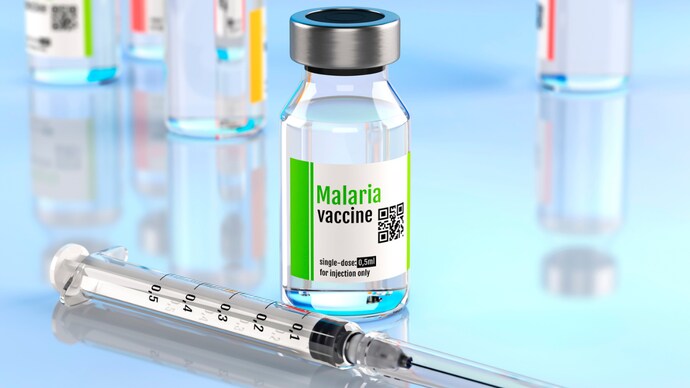Current Affairs – 21 May 2024
Current Affairs – 21 May 2024
Psychedelics
Driven by surge in global trials and low success rate of current medications in treating mental health problems, researchers call for home-grown clinical trials of psychedelic drugs.

About Psychedelics:
- These are drugs that induce states of altered perception, behaviour, consciousness and thought, often with increased awareness of the senses.
- The term ‘psychedelic’ comes from two Greek words denoting mind or soul and manifesting. It is a subset of psychotropic substances that can alter a person’s thoughts and perceptions and elicit intense hallucinations.
- These are categorised into two broad categories
- Classical psychedelics: These are thought to trigger hallucinations by activating a receptor called serotonin 5-HT, which is widely present in the human body, from the gastrointestinal tract to platelets to the nervous system. Examples: LSD, psilocybin and DMT
- Nonclassical psychedelics: These psychedelics bind to varied receptors. Examples: ketamine and MDMA
- Globally, about five psychedelics are the subject of clinical research for use in treating mental health problems: psilocybin; lysergic acid diethylamide (LSD); 3,4-methylenedioxy-N-methamphetamine (MDMA); ketamine and N, N-dimethyltryptamine (DMT).
- Most psychedelics work by increasing the availability of serotonin—a mood stabilising hormone—in the brain by binding to serotonin receptors (a molecule on the cell surface that binds to a specific chemical, causing a specific effect).
- The United Nations’ Convention on Psychotropic Substances, 1971, lists about 200 psychotropic substances under four schedules, with Schedule I substances having the most potential for abuse. The Convention does not specify which substances, or how many, are psychedelics.
Pig Butchering Scam
An online financial fraud called the Pig Butchering Scam is increasing across the globe, including in India.
Copernicus Emergency Management Service (EMS) Programme
As part of a multi-agency effort to locate a helicopter carrying Iranian President Ebrahim Raisi that crashed in East Azerbaijan province recently, the European Union activated its Copernicus EMS rapid response mapping service at Iran’s request.
Small Industries Development Bank of India (SIDBI)
Airbus Helicopters and the Small Industries Development Bank of India (SIDBI) recently signed a Memorandum of Understanding (MoU) for financing the purchase of Airbus’ helicopters in India.

R21/Matrix-M Vaccine
Vaccines manufacturer Serum Institute of India (SII) recently said it has started exports of ‘R21/Matrix-M’ malaria vaccine to Africa as part of the global fight against the disease.

H5N1 Infection
Scientists believe that the H5N1 virus can be transmitted to humans via an infected cow’s milk that has not been pasteurised.

Highly Pathogenic Avian Influenza (HPAI) is a disease that is highly contagious and often deadly in poultry, caused by HPAI A (H5) and A (H7) viruses. It is 1st identified in domestic waterfowl in 1996 in China.
- H5N1 – It causes a highly infectious respiratory disease in birds called avian influenza or bird flu.
- Transmitted by – Wild birds to domestic poultry and other bird and animal species through bird droppings.
- New research shows a sub variant of H5N1 can transmit through Air while another study shows that some birds (poultry) as well as cats do show susceptibility to influenza virus infections via oral route.
- Affected population – Both land and sea mammals have been affected and there are few instance of infection in humans as well.
Almost all human influenza virus infections are primarily respiratory infections unlike in some other mammals where gut infections have been reported.
H5N1 in humans
So far, close to 900 human infections have been reported since 2003, of which more than half were fatal.
- Transmission – Almost all of those infected were farm workers who had come in close contact with infected animals.
- Diseases – From mild to severe and in some cases, it can even be fatal.
- Symptoms – Primarily respiratory, but conjunctivitis and other non-respiratory symptoms have also been reported.
- India – It reported its first and only case of human avian influenza A (H5N1) in Haryana in 2021.
- Vaccines – Current seasonal influenza vaccines do not protect against human infection with animal influenza A viruses.
- Misconception – The notion of immunity against H5N1 virus can be developed by drinking raw milk containing viable viruses.
While Food and Agricultural Organisation (FAO) noted that H5N1 virus was detected in high concentrations in milk from infected dairy cattle, still no reports of viable H5N1 virus being found in raw milk samples.
